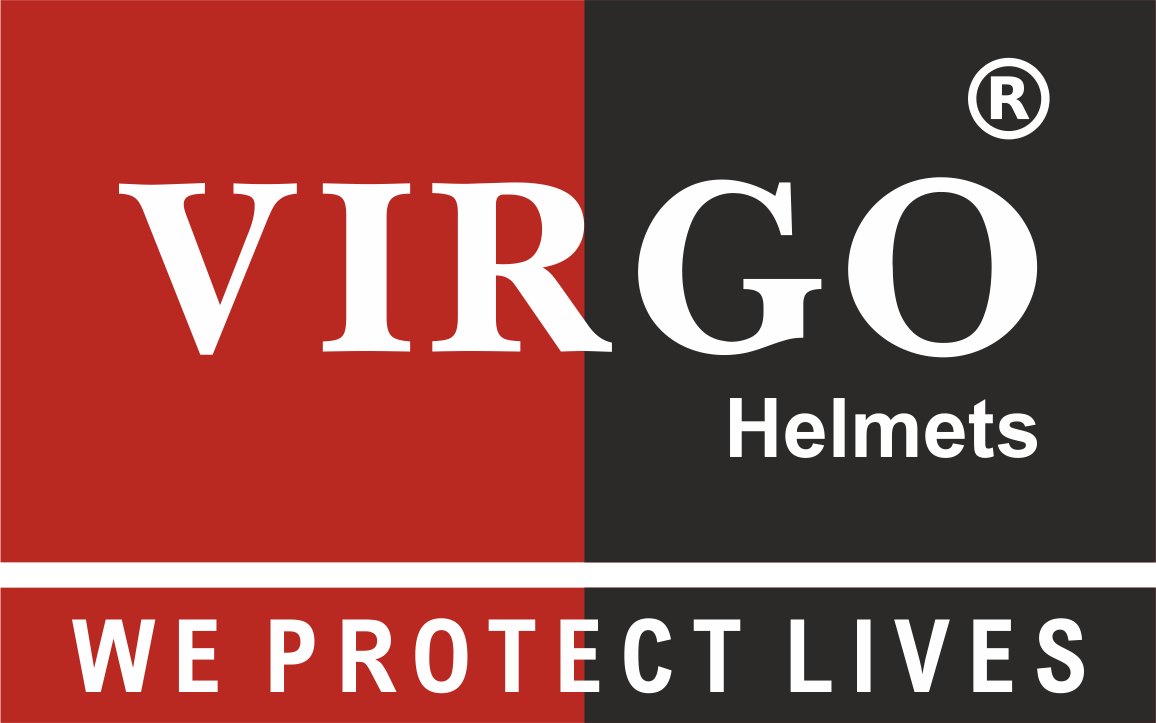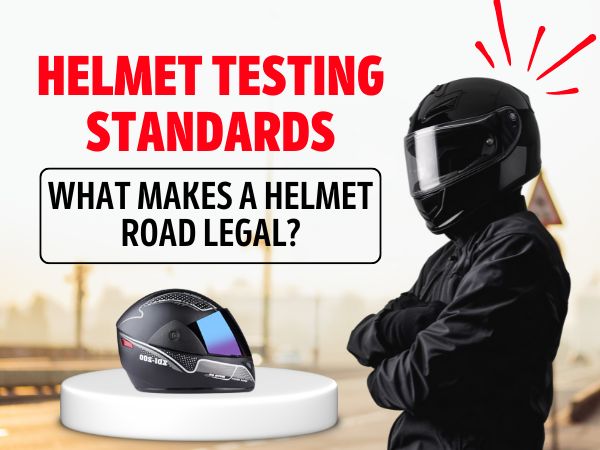At Virgo Helmets, we’re not just passionate about designing stylish helmets—we’re committed to making helmets that save lives and meet global testing standards. In this blog, we break down what makes a helmet road legal, the different types of helmet certifications, and how Virgo Helmets ensure compliance with safety benchmarks.
Why Helmet Standards Matter
A helmet that’s not certified is like wearing a cap—it won’t protect you in a crash. Road legal helmets go through rigorous testing to ensure they can absorb impact, resist penetration, and stay securely on your head during a collision.
Helmet standards exist to:
- Ensure minimum safety performance
- Maintain manufacturing consistency
- Guide buyers on helmet reliability
- Enforce legality on the road
Wearing a non-certified helmet can not only risk your safety but also result in fines or penalties under road traffic laws.
Key Helmet Certifications Around The World
Certification organizations and testing procedures vary by nation and area. Here are the most common:
1. ISI (India) – IS 4151
The ISI mark (Indian Standards Institute) is mandatory for helmets sold in India. The standard IS 4151 includes:
- Impact absorption test
- Penetration resistance
- Chin strap strength
- Retention system performance
- Field of vision and labeling
All Virgo Helmets sold in India are ISI-certified, ensuring legal use on Indian roads.
2. DOT (USA) – Department of Transportation
The DOT standard (FMVSS 218) is a self-certification that requires:
- Energy absorption on impact
- Penetration resistance
- Positional stability
- Peripheral vision (minimum 105°)
Helmets must also carry a DOT sticker on the back for legal recognition in the U.S.
3. ECE (Europe) – ECE 22.06
The most widely recognized international standard, used in over 50 countries. ECE tests include:
- Impact and abrasion resistance
- Shell deformation
- Retention system durability
- Visor safety tests
- Wet and dry performance
ECE 22.06 is the latest upgrade over ECE 22.05, including advanced rotational impact testing.
4. SNELL (Voluntary) – USA
Compared to DOT, SNELL helmets go through more rigorous and thorough testing. It’s not mandatory but considered a gold standard for racing and track helmets.
What Tests Does a Helmet Go Through?
Here’s what a helmet must survive before earning a certification:
Impact Absorption Test
A helmet is dropped onto an anvil from a predetermined height. The sensors inside measure how much force gets transmitted to the “head.”
Goal: To ensure your skull absorbs minimal shock during a crash.
Penetration Resistance Test
A sharp object is dropped onto the helmet. The shell should resist puncture.
Goal: Prevent objects like debris or tools from breaching the shell during impact.
Retention System Test
The chin strap’s strength and stability are examined. Under strain, it shouldn’t extend or break.
Goal: Even in a serious collision, make sure the helmet remains on your head.
Peripheral Vision Test
The helmet must allow a wide enough field of view (usually at least 105 degrees to each side).
Goal: Maintain full road awareness while riding.
Shell Deformation And Roll-Off Test
Tests how well the helmet retains its shape and stays in place under rotational force or roll-off scenarios.
How Virgo Helmets Meet These Standards
At Virgo Helmets, every product we manufacture undergoes internal quality checks and third-party certifications. Here’s how we guarantee road-legal safety:
- ISI-certified designs for Indian markets
- Crash-tested shells made from ABS or polycarbonate composites
- EPS liners engineered for high shock absorption
- Micrometric buckle systems tested for quick and strong locking
- Visors that meet scratch, UV, and field-of-vision standards
We also continuously upgrade our production processes to match global testing parameters for riders in international markets.
How To Identify a Road-Legal Helmet
Before buying a helmet, always look for the following:
- ISI/DOT/ECE/SNELL sticker on the back
- Label inside with manufacturer details and standard reference
- Strong and secure chin strap
- Clear field of view without distortion
- Brand reputation (Always choose trusted names like Virgo Helmets)
Avoid helmets without labels, decorative or novelty helmets, and anything sold without proper documentation.
Consequences Of Using Non-Certified Helmets
Wearing a helmet that isn’t allowed on the road puts you in danger. In the event of a crash:
- It may shatter or fail under impact
- It may slip off your head
- You may suffer brain or facial injuries
- The traffic authorities may impose a fine on you.
Always prioritize safety over style or cost. Wearing a helmet that has been authorized is your best defense when driving.
Whether you’re a city commuter or a long-distance tourer, your helmet should meet the same high expectations you set for your ride. And with Virgo, it always will.

